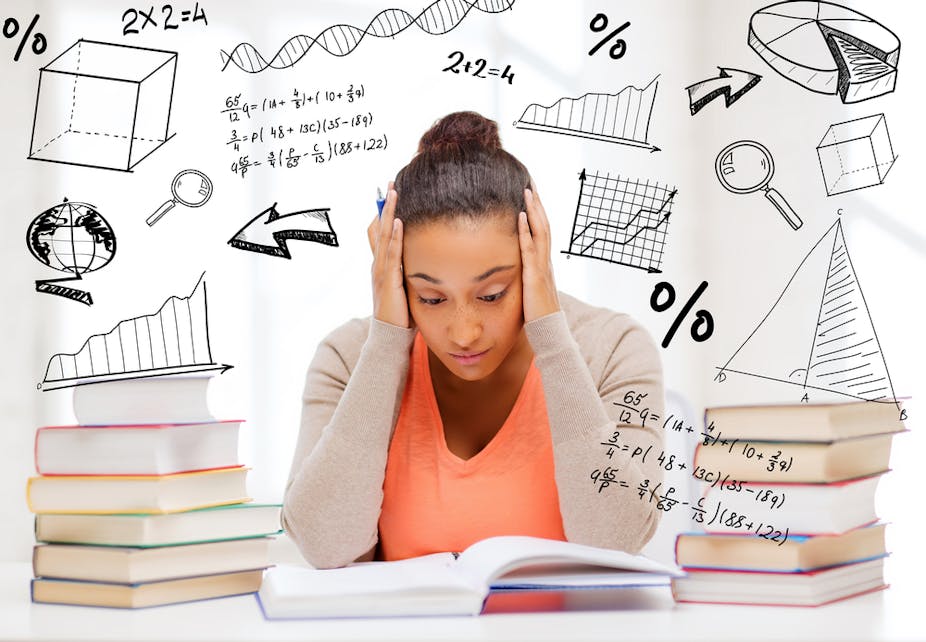A grade one learner is enjoying school tremendously, but one day she comes home unhappy. Her mother asks why she is so upset and the child replies: “First my teacher told me that 3+3 = 6, then she told me that 4+2 = 6 and then she told me that 5+1 = 6. Until she makes up her mind, I am not going back to school.”
This story usually makes people smile or laugh out loud. The reason it does so provides a lesson for mathematics teachers. The learner is clearly mathematically incorrect and yet there is something about the way she is thinking that seems reasonable to an adult. Her reasoning might be something like this: “When I add 4+2, there is only one answer. So when I get an answer – 6 – there should be only one set of numbers that adds to give that answer.”
Research has shown that learners often have underlying conceptions that produce errors. These are misconceptions – ideas that make sense to learners and are reasonable in relation to what they know, but are incorrect mathematically.
Many teachers and parents believe that if learners make mistakes in mathematics it means they do not understand, they have not listened, or they have not done enough work. The opposite may actually be true: the learner may be thinking more deeply than we expect. Learner errors and misconceptions are important tools for teachers. They show teachers that the learner is thinking mathematically, even though she does not yet have enough knowledge to produce the correct answer.
Reasons for errors
Misconceptions are often remarkably consistent across different countries, which suggests that misconceptions are not the result of particular approaches to teaching and learning.
Misconceptions usually arise when learners take knowledge that is correct in one area of mathematics and apply it in another area where it’s no longer correct. For example, learners often think that 0.568 is bigger than 0.67 because they know that in whole numbers 568 is bigger than 67. Their prior knowledge conflicts with new knowledge about decimals. Having two reasonable but conflicting sets of knowledge makes it difficult for learners to judge which is correct.
Interestingly, learners who apply this misconception may get some examples correct. They would say, for instance, that 0.568 is bigger than 0.45, which is correct. That misconceptions can produce correct answers as well as errors can make them difficult to detect. Learners can get their mathematics correct for the wrong reasons, which may hinder their learning later on.
One key challenge with misconceptions is that they may not be easy to correct because they come from long-term knowledge which holds true in many situations. Teachers therefore need to engage learners about their thinking and find ways to explain where their reasoning is valid as well as where – and why – it is not.
In South Africa, many learners struggle with mathematics and mathematics results are generally poor at all levels of the system. Many learner challenges stem from errors and misconceptions that have not been dealt with. If these misconceptions are dealt with, they can help teachers to support stronger learning of mathematics among learners.
Finding meaning in mistakes
The Data Informed Practice Improvement Project at the University of the Witwatersrand in Johannesburg is working with teachers to analyse the reasoning behind learner errors and to think about how best to deal with them.
Teachers analyse errors in tests, classwork and in lesson videotapes. They also interview learners about their thinking. They read research about common learner errors and misconceptions and plan lessons together to help reveal and engage with learner errors.
Over the past five years we have worked with ten government high schools, with communities of teachers working within and across schools. Each small community has between four and eight teachers who meet regularly to discuss learner errors.
Research in the project has shown that through working on the activities, many teachers do identify and engage with learner errors in class. We have found that the full range of activities is necessary. The error analysis and learner interviews enable teachers to start understanding learner thinking in more depth.
However, teachers are not often able to act on these new insights in the first round of classroom teaching. Reflecting on their videotaped lessons helps the teachers to see how they might have responded differently and how they might do so in future. Error analysis without subsequent follow up, lesson planning and reflection is unlikely to be useful.
Our approach is very different to the kind of analysis that teachers are required to do with South Africa’s Annual National Assessments, which test learners’ numeracy at different grade levels. These tick-the-box analyses do not support new classroom practices and may promote, rather than prevent, blaming of learners and teachers for mathematical mistakes.

